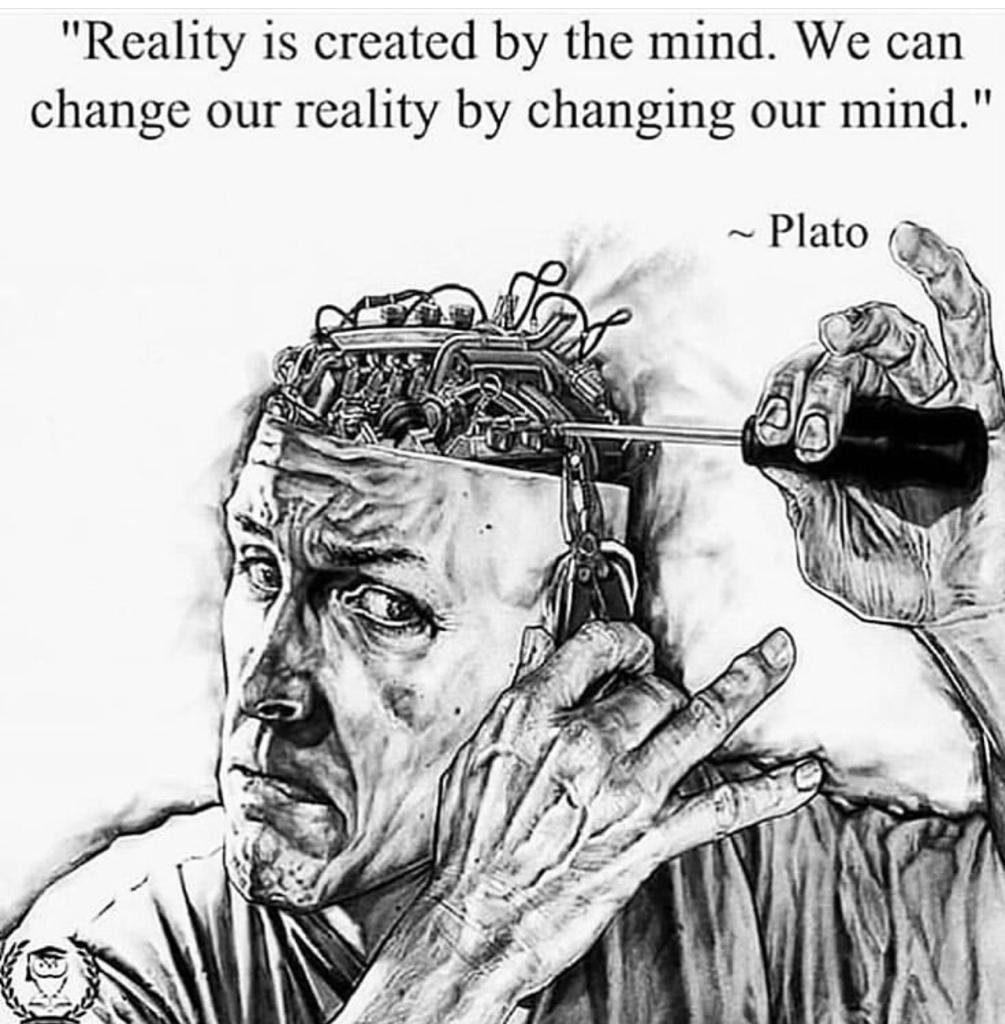Visualise SUCCESS!
You’ve heard it before, but it’s true — if you want to achieve something you have to visualise it beforehand. You might say well, I’ve achieved this and I’ve achieved that in the past, and I didn’t visualise it. I’m sure that’s what you think, but the fact is, you probably did! You were probably thinking about it and visualising it all the time, without really being aware of it. When you really want something it’s hard to take your mind off it, and you’re automatically visualising it without even trying.
Then you get to the point where you want something (like getting back in shape, for example), and you have good reason to as well (like becoming healthier, for example), but you don’t really feel the same urgency anymore. That’s when you need to make an effort to visualise!
How to visualise
First off, you don’t necessarily have to visualise the way you might imagine you have to. It’s not really necessary to see things clearly in your mind to be visualising them (which sounds like a contradiction, I admit). And the reason is what’s behind visualisation. The thing is, you see, when you visualise something it stirs up feelings and emotions and desires. And these are the things that fuel your subconscious mind.
So if you ‘see’ your goal, no matter how dim or ill-defined the image might be, it will probably still generate the feelings associated with achieving that goal. And it’s that that does the trick! The subconscious mind gets a taste of what you’re after, as defined by the feelings of achieving it, and it automatically homes in on the goal. It’s like a bloodhound getting the scent, and then suddenly it’s eagerly on the trail.
An automatic success mechanism
It’s a natural talent of the mind, and one which has been called an automatic success mechanism. It’s the same skill that has allowed humans to thrive for countless thousands of generations, finding food and water where there seems to be none and finding shelter and other resources where there is scarcity.
You feed the subconscious mind with the information it needs and it does what it’s there for — it draws you nearer to the goal you’ve defined by your feelings. Thoughts and feelings are actual things. They’re not visible or palpable, but they’re things just the same. And in essence they are vibrational frequencies, and just like anything else, vibrational frequencies are attracted to others that are the same or very similar to them.
You see this in nature all the time. As the saying goes, birds of a feather flock together. You don’t often see an owl amongst a flight of crows, or gulls. And it’s the same with humans; if you’re interested in art or music, for example, you’ll almost invariably be attracted to other people with similar interests. At the other end of the scale, people whose interests lie in thievery and violence tend to hang out with people with a similar outlook on life. That’s one reason the penal system is not as successful as it should be; it puts villains all together where they feel a comradeship and naturally start to share and learn each other’s skills.
So let’s say you want to get back in shape after a lay off, or an injury. You really want to regain your health and your former skills, but you don’t necessarily feel the same urgency you did for these things as you did when you were younger. So the problem you have then is how to visualise success. Because now, without that feeling of urgency, you might find it difficult to even imagine being fit and healthy.
Habits can make all the difference
The thing that can save the day is being organised and having a regular routine. In other words, having success habits. Instead of just vaguely wanting to regain your fitness, make it an almost sacred mission in life, and one which you simply will not fail in. Or, to put it yet another way, make it a very specific goal backed up by specific action. Once you do that, and follow through with it on a daily basis, success is almost guaranteed.
Set aside ten minutes each morning, perhaps right after your morning shower, and just sit in silence. Close your eyes and breathe deeply several times. Consciously drop your shoulders and relax your neck muscles. When you’re really starting to feel relaxed, let your breathing calm right down so that it’s slow and even, and just sit in the silence and relax even deeper for a minute or two.
Focus your thoughts on your goal
 Then gather your thoughts and focus on what you’ve previously defined as your primary goal … and do your best to conjure up images associated with achieving that goal. And even if you have trouble forming images, focus on generating the feelings you associate with success. For example, if your goal is to regain your former fitness, imagine yourself running in the park and feeling relaxed and comfortable doing it. Imagine going to the gym and enjoying a workout, and revelling in a relaxing sauna afterwards. Imagine hearing friends comment enthusiastically how much better you look these days, or how much slimmer or more toned. Imagine how good that feels! That will generate the feelings you need to experience. And remember, the human brain, astonishing though it is, simply cannot distinguish between reality and a vividly imagined experience.
Then gather your thoughts and focus on what you’ve previously defined as your primary goal … and do your best to conjure up images associated with achieving that goal. And even if you have trouble forming images, focus on generating the feelings you associate with success. For example, if your goal is to regain your former fitness, imagine yourself running in the park and feeling relaxed and comfortable doing it. Imagine going to the gym and enjoying a workout, and revelling in a relaxing sauna afterwards. Imagine hearing friends comment enthusiastically how much better you look these days, or how much slimmer or more toned. Imagine how good that feels! That will generate the feelings you need to experience. And remember, the human brain, astonishing though it is, simply cannot distinguish between reality and a vividly imagined experience.
I’m using the word ‘imagine’, but I’m not specifically saying you have to see any of these things. I’m saying you should do your best to experience the actual physical actions of running, or lifting weights, or relaxing in a sauna, or whatever it might be, in your imagination.
Feel the exhilaration you used to feel when running. Feel the pride that coursed through your veins when you managed the big lifts in the gym. Feel the deep relaxation you used to enjoy in the sauna after a hard but rewarding workout.
EXERCESS is an online community of people who want to seriously improve their health and fitness, both mental and physical. JOIN FREE TODAY! … and get complete and unfettered access to an absolute goldmine of valuable information. Already a member? Sign in!
Sorry ... MEMBERS ONLY!
UNLOCK FOR FULL EXERCESS!
